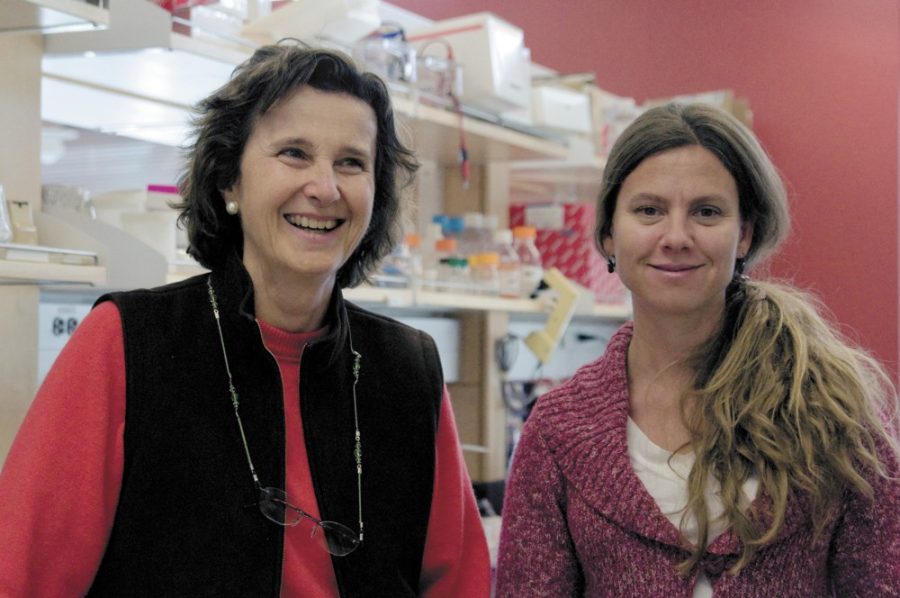Asthma may be an incurable condition, but UA researchers are working on its prevention.
The Arizona Center for the Biology of Complex Diseases was recently awarded a grant of almost $1 million by the National Institute of Health.
“”This grant is absolutely essential because, of course, you need funds to support this type of research,”” said Donata Vercelli, the center’s director and UA cell biology and anatomy professor. “”Without this grant, doing this study would be impossible.””
The Arizona Center for the Biology of Complex Diseases is not concerned with curing asthma or relieving its symptoms, but at finding the source of the problem and preventing it.
“”To find an early epigenetic signature of asthma is what we are trying to do,”” Vercelli said. “”Because there is a very strong correlation between asthma in the mother and asthma in the child, it is possible that asthma begins at birth or even before.””
Vercelli said if a mother has asthma, her child is at a greater risk of also having asthma than if the father has it.
This realization led Vercelli and her associates to suspect that the causes of asthma may be epigenetic and not genetic. Epigenetics is the study of how genes affect organisms.
“”Genetically, of course, both the mother and the father contribute to the same extent, which suggests that genetics is not the name of the game here,”” Vercelli said.
“”The cells in our bodies — they are all identical. A cell in your eye, a cell in your skin, a cell in your bone: In genetic terms, they are all identical. They all have the same DNA sequence.
“”What makes it possible for these cells to become bone, or blood, or brain, is a series of epigenetic processes.””
Nearly eight years ago, Vercelli and her team started enrolling a large group of pregnant women, with no prior knowledge of their respiratory health, to take part in a long-term study. When their children were born, blood samples were taken and the children were brought back periodically for checkups.
“”The diagnoses of asthma in a child cannot be made firmly until the child is four to five years old,”” Vercelli said.
Now that every child is old enough to be well-diagnosed and sufficient data has been collected, Vercelli and her team can start analyzing the data.
“”We are looking at common denominators between the (blood) samples from children who have become asthmatic and between children who have not become asthmatic,”” she said.









